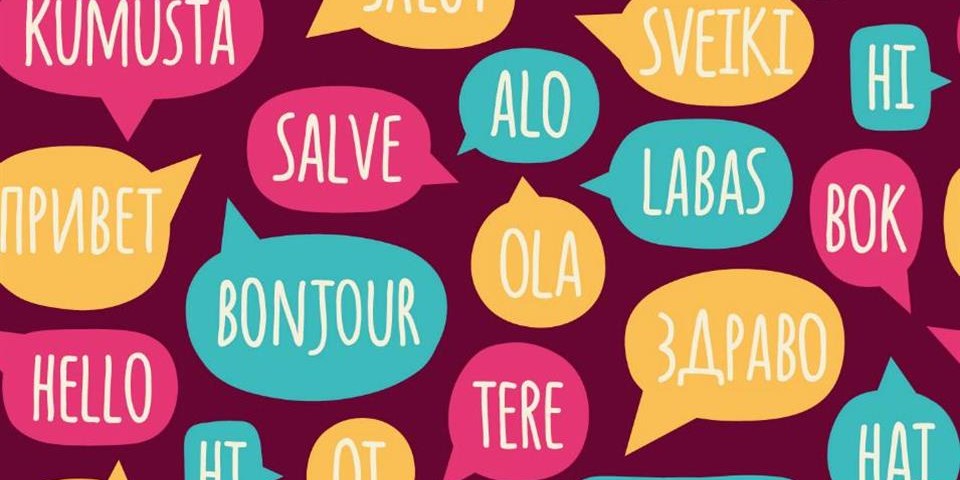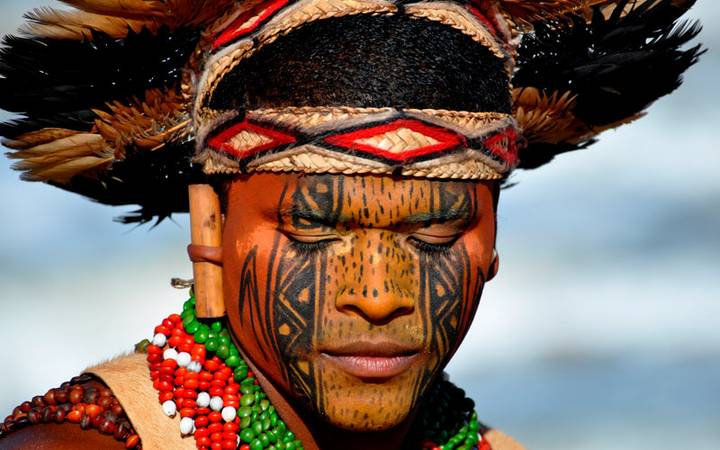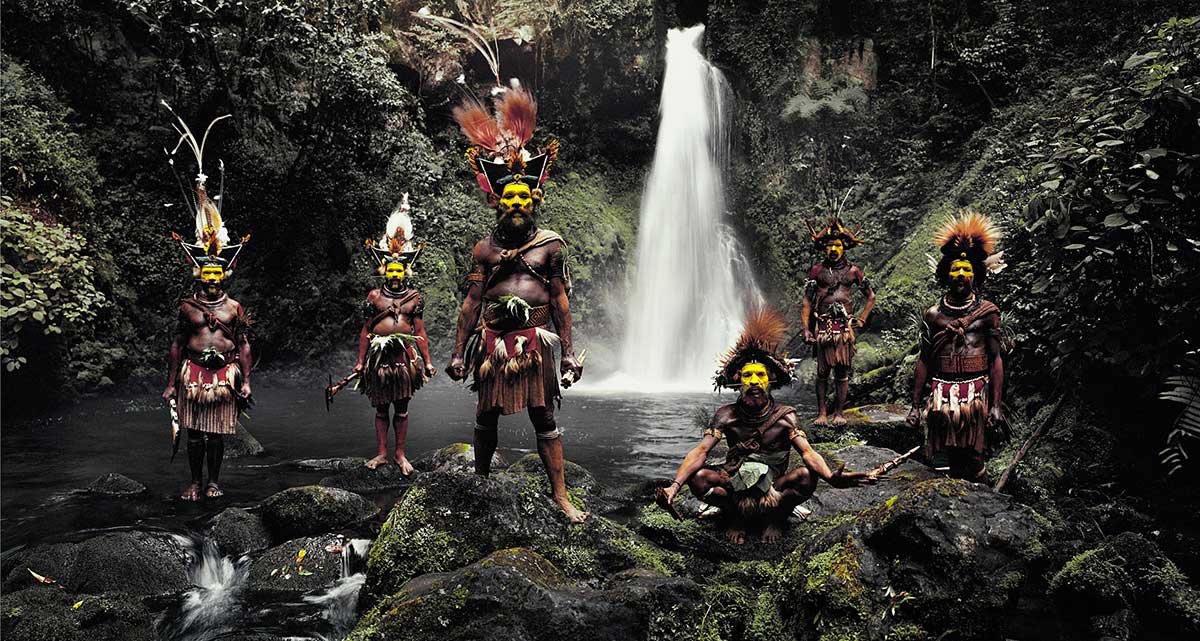Threatened Languages
What you didn't know about threatened languages
Language
is show we share our ideas, our information, our culture. When the last speaker of a language dies, the world looses an enormous quantity of knowledge that that language carried.
Some languages before in danger, go through a process of revival. Many countries, like Peru, New Zeeland, México and USA have succeeded on their efforts to preserve their indigenous languages.

The loss of a language is easily linked to oppression and injustice
For some cultures, preserving a language is preserving a cultural heritage, an identity

Around the world
(UNESCO)
There are, aorund the world, about 6.000 different languages. One project called Threatened Languages affirms that more than 40% of those idioms are found at risk. This project affirms that more than 50% of those languages are predicted to die until de end of this century.

In Brazil
The biggest number of indigenous languages in South America are found in Brazil (more than 180 languages and dialects). A good part of these languages are located in Amazônia and are going through a process of extinction. As the disappearing of a language represents, also, the disappearing of a cultures, researches have been doing a quick job of cataloguing these languages before they go extinct.

New Guinea
Papua New Guinea
On the archipelago of New Guinea is where the biggest number of languages are spoken of all the world. Papua New Guinea, country that belongs to the archipelago in Oceania, is the plurilingual place that becomes the exception of the rule “plurilinguism and the extinction of languages”. There, only 98 idioms would be threatened. There is a correlation between biodiversity conservation and linguistic plurality, according to the german linguist Haral Haarmann. The nature devastation affects indigenous people.
There is a correlation between biodiversity conservation and linguistic plurality.
Harald Haarman
Darcy Ribeiro
In ten-months-long-expeditions, Darcy reported the indigenous culture, their tongue, their myths and their coexistence. Through letters to his wife, Berta, he wrote everything that he saw with his staying with the indigenous and, later, gathered all his letter in the edition of a book launched in in 1996 by Companhia das Letras – Diários Índios.
The book was not the only product of these expeditions. Two studies were born. The studies of the indigenous tongues exist since the sixteenth century with the jesuit fathers, but gained strength and academic importance with the expeditions of Darcy. The indigenous languages, until then, were Staples, which modified with the increasing studies.